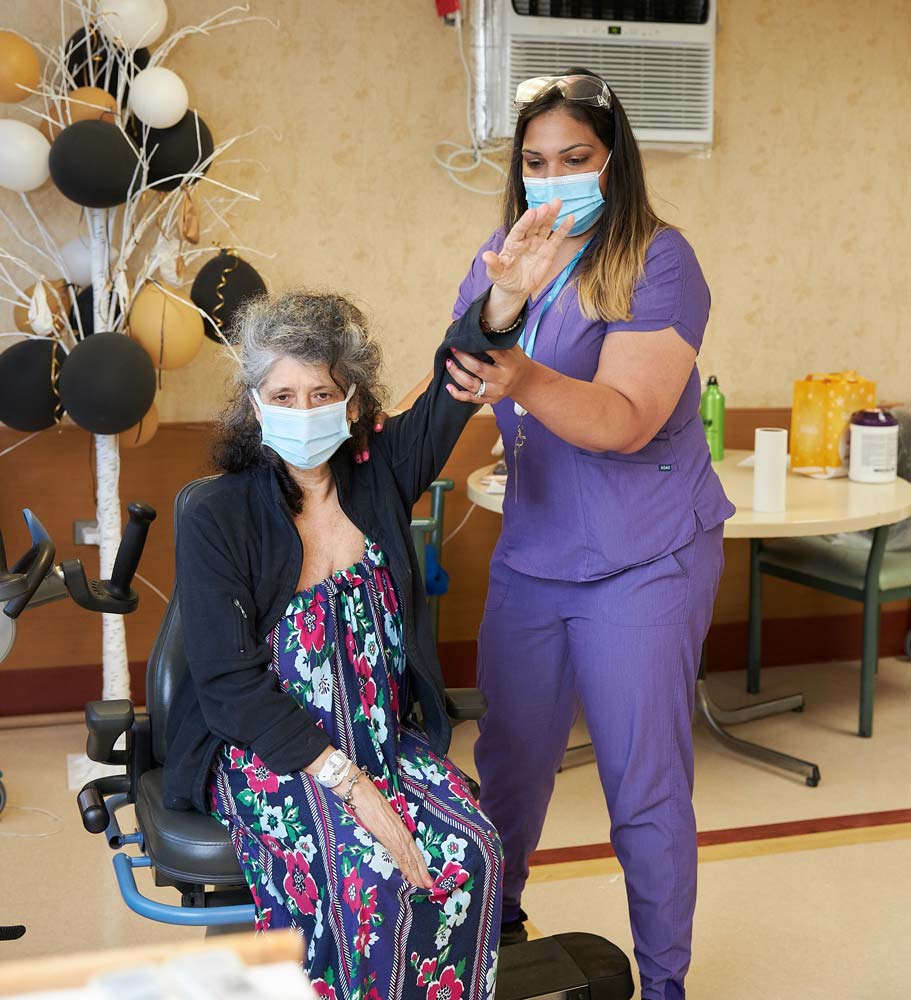How Can Occupational Therapy Help With Fall Prevention?
Falls happen all the time, though they are much more common among the elderly. This can be due to a variety of issues, from neurological diseases, strokes, or even obstacles in their path. Many of these falls may require medical care to help with recovery, though preventing the fall is the first step. One such option is occupational therapy for fall prevention.
Occupational therapy has many benefits that can keep you from falling and safely navigate your home and everywhere else. You’ll also learn to overcome your fear of falling, allowing you to perform daily tasks comfortably and easily. If you’ve ever considered occupational therapy for fall prevention but aren’t sure what it entails, the following information can help.
Causes of Falls
If you’re going to use occupational therapy for fall prevention, first you need to determine what is causing them. Falls can happen at any time, especially when it comes to the elderly members of society.
Seniors have more health issues, including cognitive issues, arthritis, or vision problems, which restrict their movements. They could also suffer from more serious issues, such as heart conditions or strokes that can cause unsuspected falls. Issues with balance, strength, and gait can reduce mobility, making falls more likely.

Those health issues could require prescription medication that could cause balance issues, especially if taken incorrectly. Some medications are best taken with food or before sleeping. If taken at the wrong time, they could cause light heads or drowsiness.
The home is where most falls happen, due to a variety of hazards that we deal with every day. Slippery floors can lead to a tumble, as could obstacles in your path, such as tables, rugs, or decorative items. Poor illumination makes it difficult to see the obstacles before it’s too late. Occupational therapy for fall prevention can help with all of these issues.
Occupational therapy for fall prevention
Whether a person has already fallen or only fears falling, occupational therapy for fall prevention may be needed. The fear of falling can limit daily activities or cause discomfort when performing them. Though trying to avoid a fall, you can actually cause one, resulting in injuries that may require medical attention.
Occupational therapy addresses such fears, so the individual becomes more confident and secure both in and out of the home. They are taught to be more aware of their surroundings to prevent falls in the future. Modifying the environment may also be necessary. This can include removing clutter, loose rugs, or excess furniture and adding more lights and handrails where needed.
Though exercise is more related to physical therapy, occupational therapy uses some fitness activities to prevent falls. These are designed to help improve your strength, balance, flexibility, and mobility. As these abilities increase, the risk of falling diminishes, so you can move about more freely and comfortably.
Apart from fall prevention, occupational therapy also focuses on daily activities, like bathing, grooming, dressing, and much more. The more capable you are of performing these tasks, the more independent you become, with less risk of falls.
This article contains informational and educational materials and does not replace health or medical advice. For questions or concerns regarding your medical condition or health objectives, speak to a qualified physician or healthcare provider.






Leave A Comment